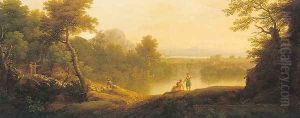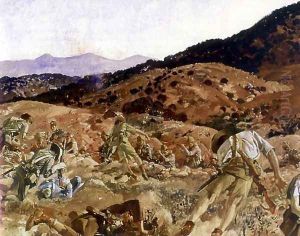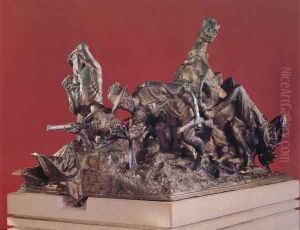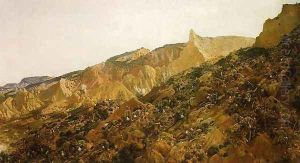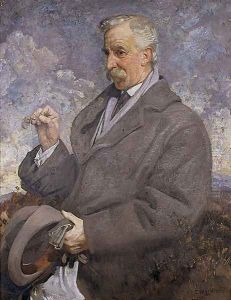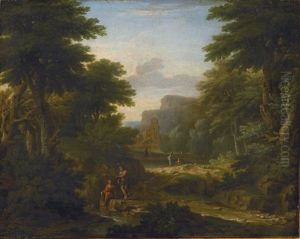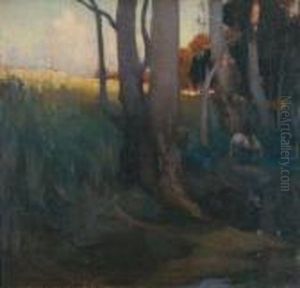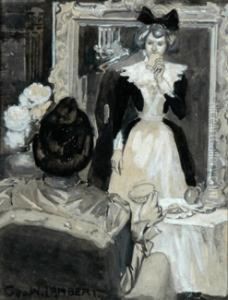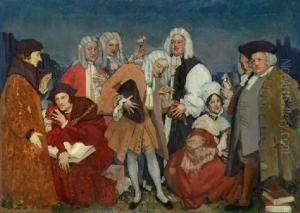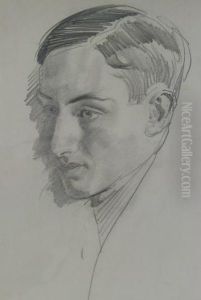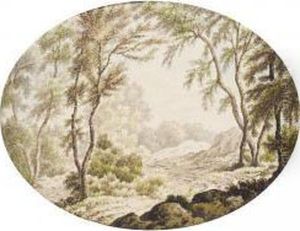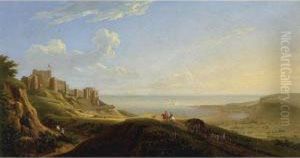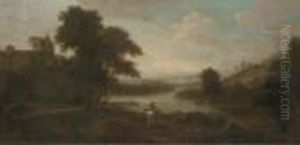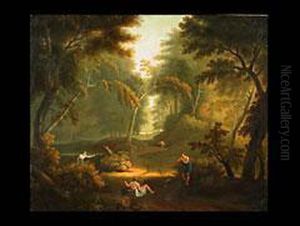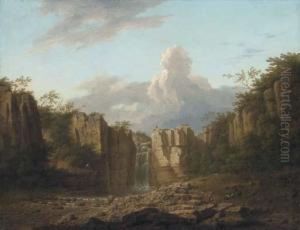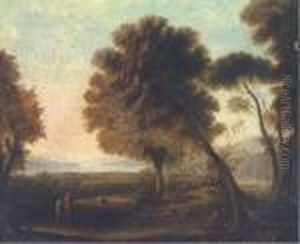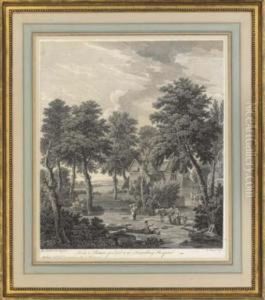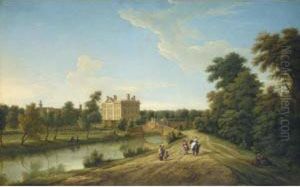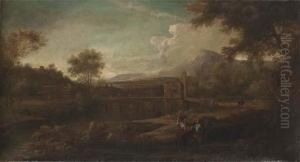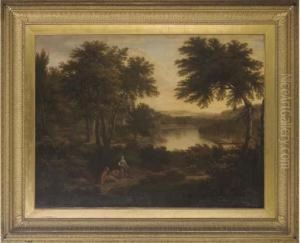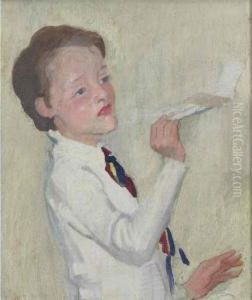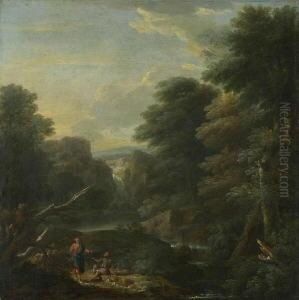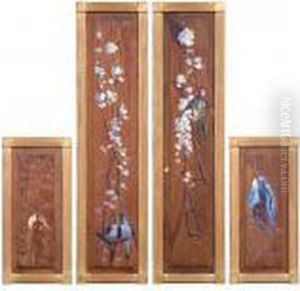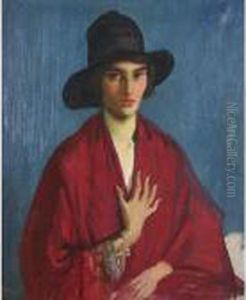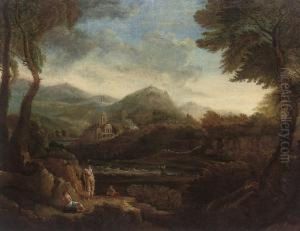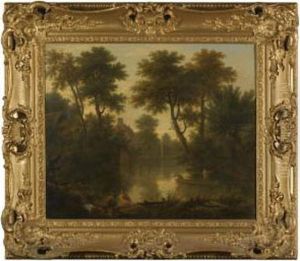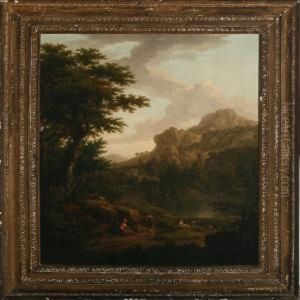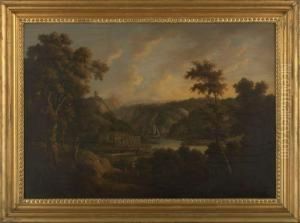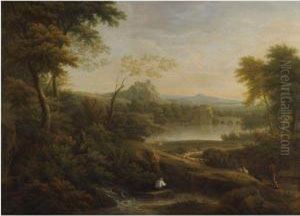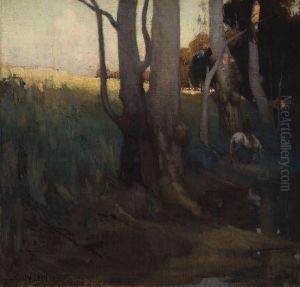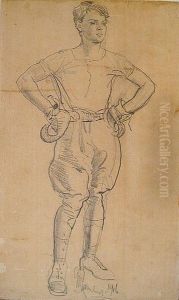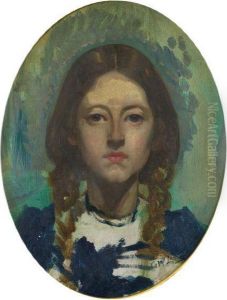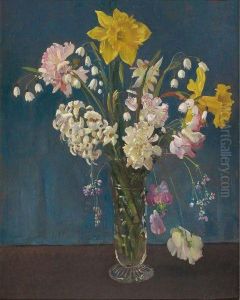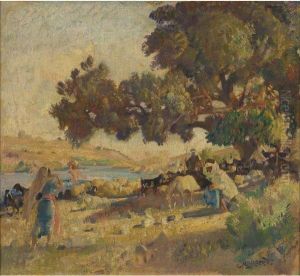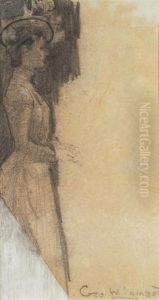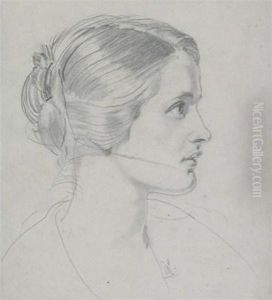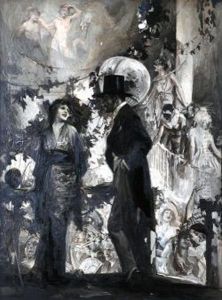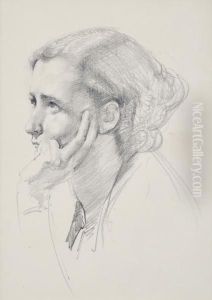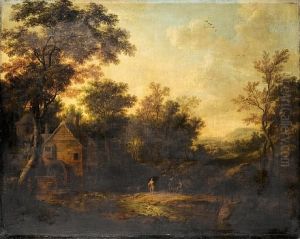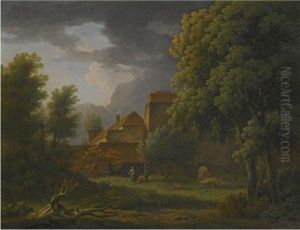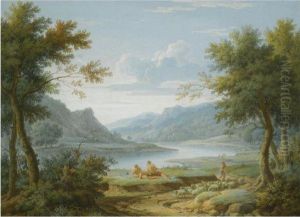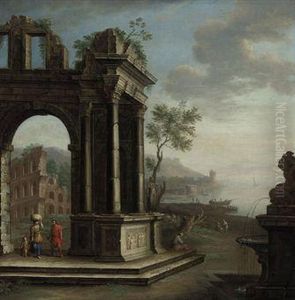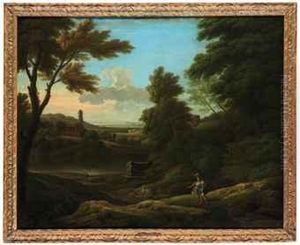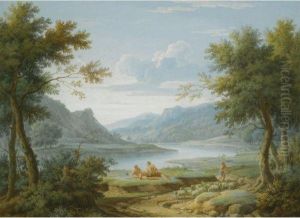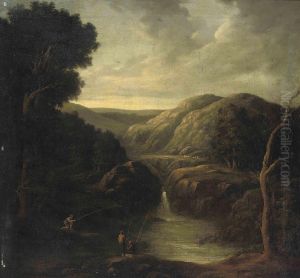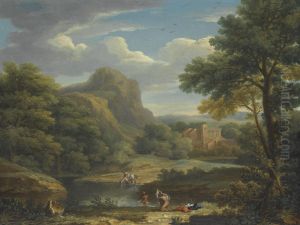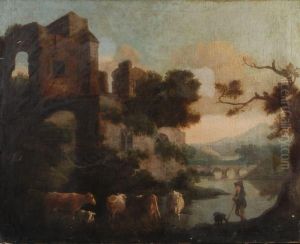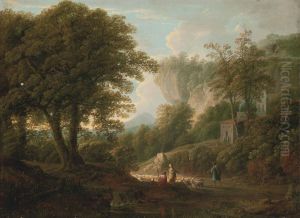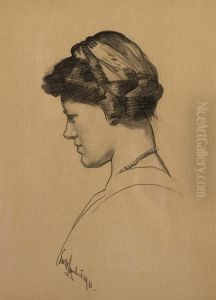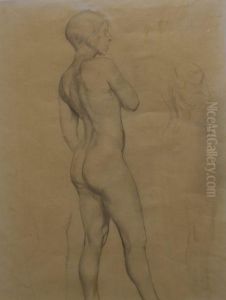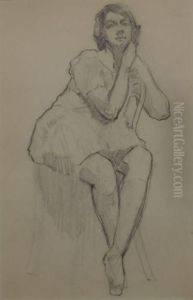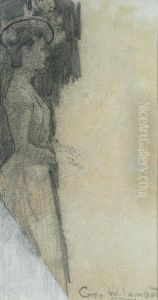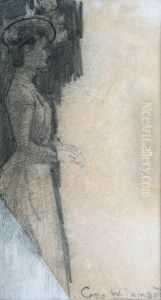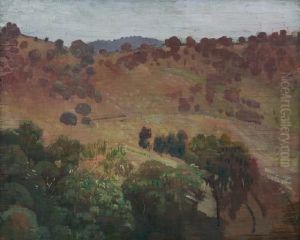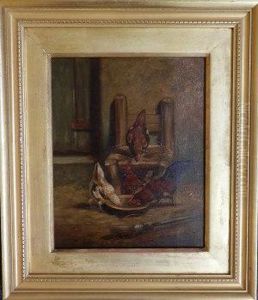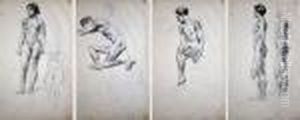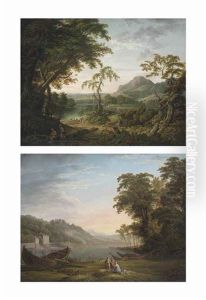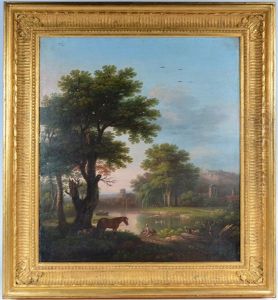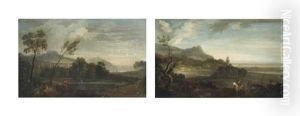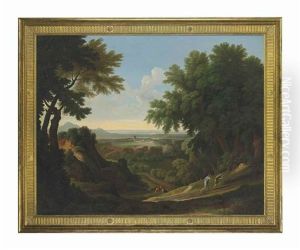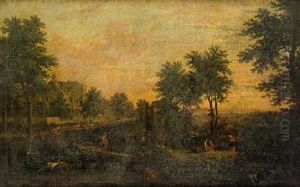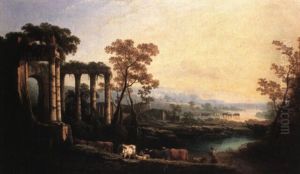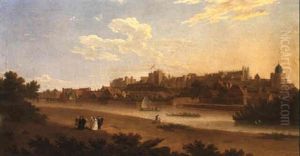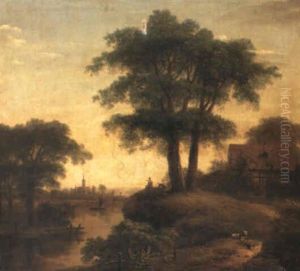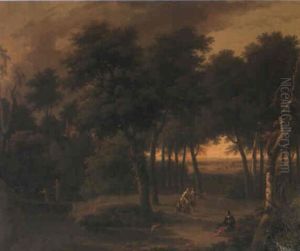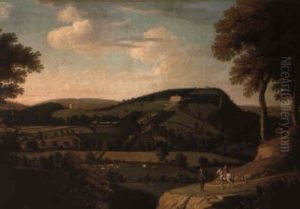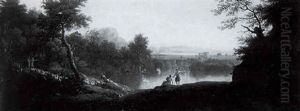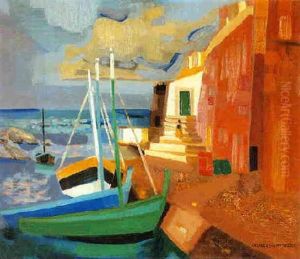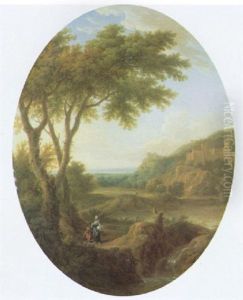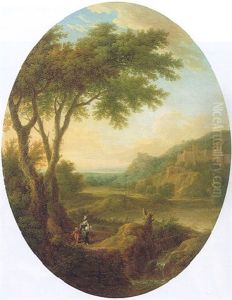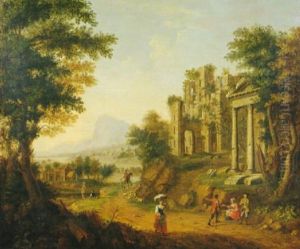George Lambert Paintings
George Washington Thomas Lambert was an Australian artist, known for his portraiture, figure compositions, and war art. Born in St Petersburg, Russia, on June 13, 1873, to Australian parents, Lambert spent his early years in Russia, Germany, and at the age of 6 moved to England with his mother after the death of his father. They eventually emigrated to Australia in 1887, where Lambert began working as an apprentice to a Sydney-based lithographer.
Lambert's artistic talents became evident early on, and he attended the Julian Ashton Art School in Sydney. His skill was recognized with a scholarship that allowed him to study in Paris at the Académie Julian. There, Lambert was influenced by classical art and the work of contemporary French painters, which would shape his later style.
After his time in Paris, Lambert returned to Australia and quickly established himself as a leading figure in the Australian art scene. He was a founding member of the Society of Artists, Sydney and won the coveted Wynne Prize for landscape in 1899 and 1902. Lambert's work during this period included portraiture, as well as historical scenes and rural Australian landscapes.
In 1900, Lambert married fellow artist Amy Absell and had two children. He continued to build his reputation as a portrait artist, receiving commissions from many prominent Australians. In 1911, he returned to Europe with his family, where he continued to work, basing himself in London but also traveling extensively.
During World War I, Lambert was appointed an official Australian war artist by the Australian Imperial Force. His experience at the front lines influenced his work profoundly, leading to some of his most significant pieces, including the large-scale work 'Anzac, the landing 1915', which depicted the Gallipoli campaign.
After the war, Lambert continued to paint and exhibit, with his work showing a greater emphasis on light and atmosphere, likely influenced by his exposure to the works of the Impressionists and Post-Impressionists. His reputation as one of Australia's leading artists was well established by the time of his death on May 29, 1930, in Cobbitty, New South Wales. Lambert's legacy is preserved through his contributions to Australian art and his influence on subsequent generations of Australian artists.
